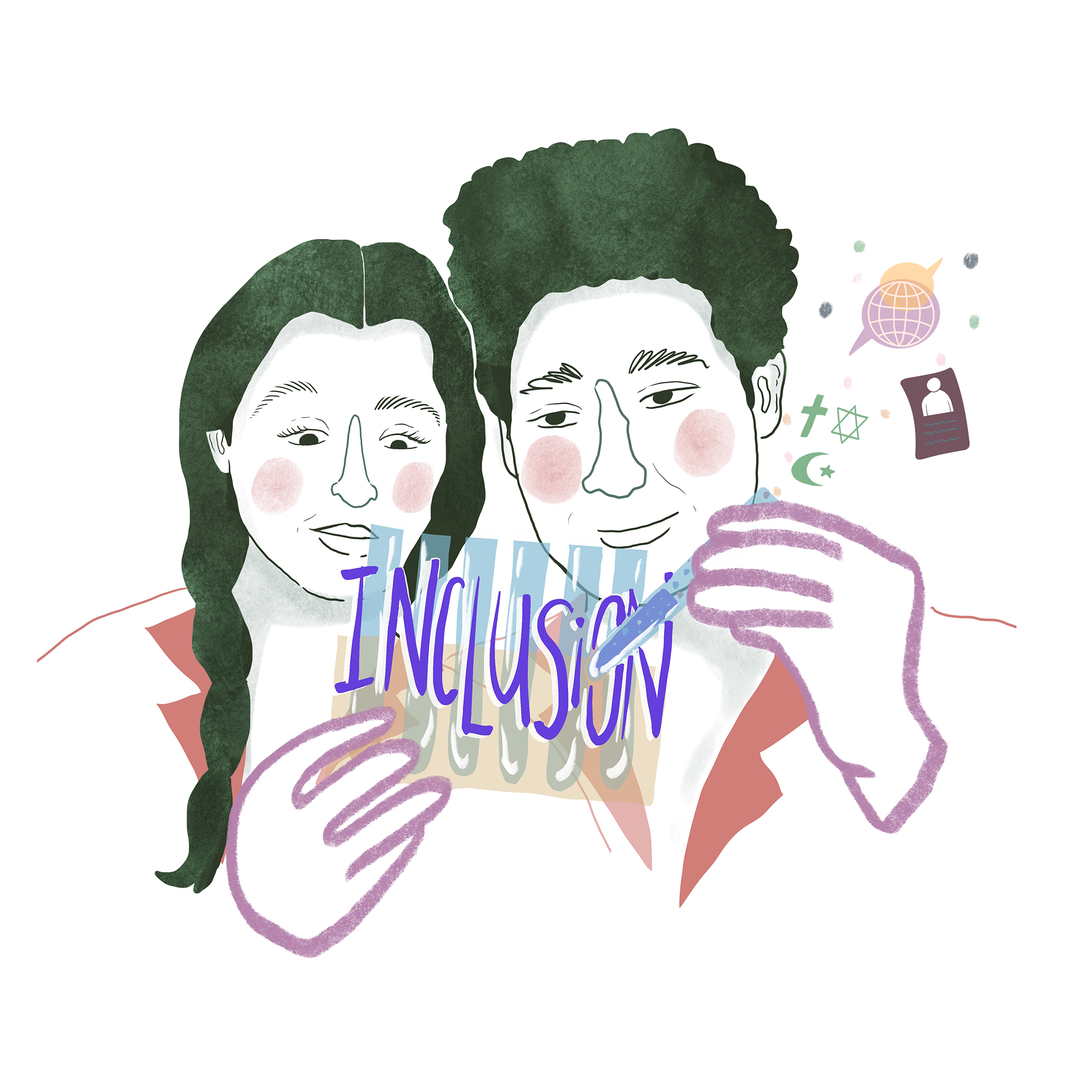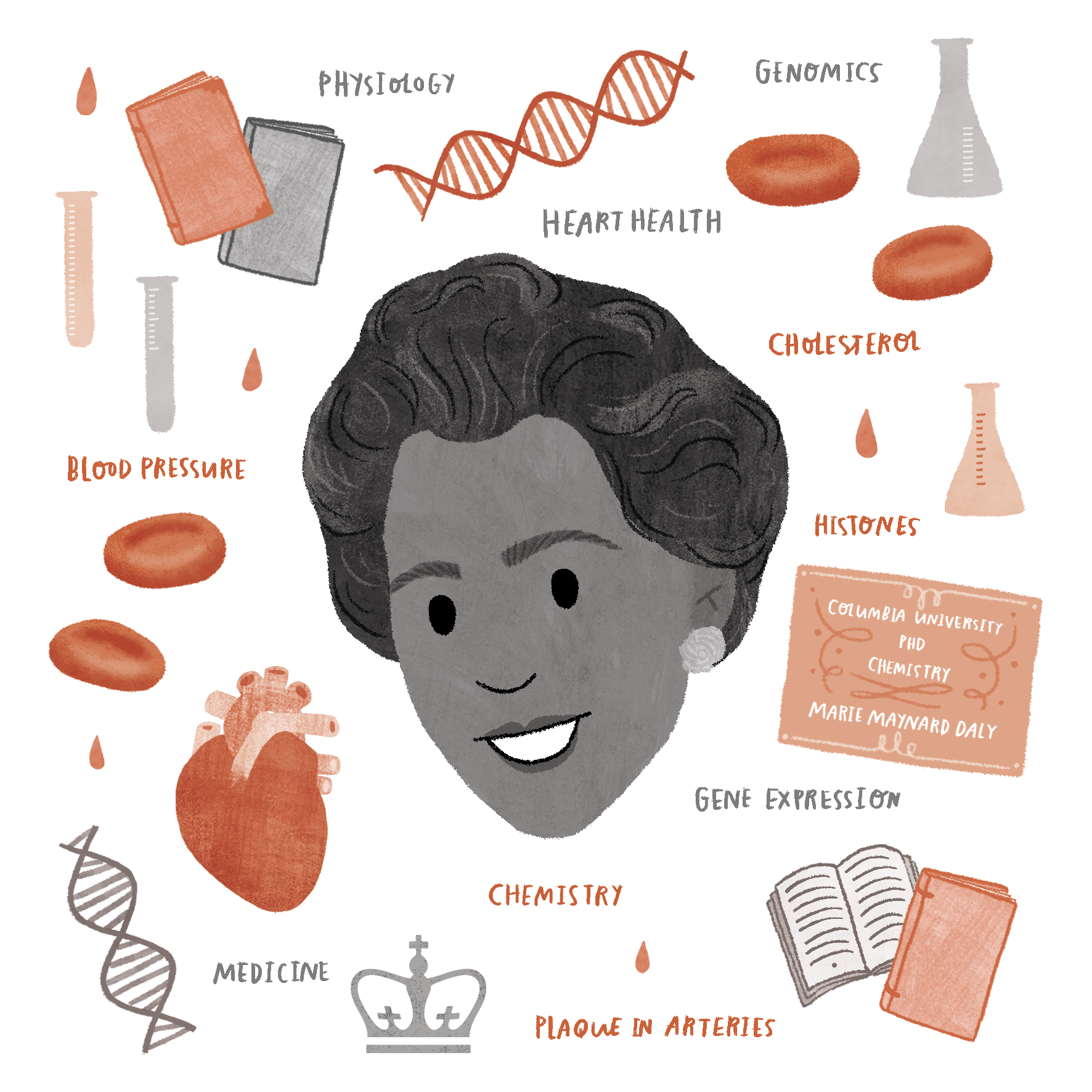In its essence, science is a continuous, exciting yet meticulous search to understand all that is happening on our earth, within our bodies and out in the stars above. Science’s broad mission is to charter an exploration into the deepest mysteries of our reality.
This machine of knowledge gain is powered by millions of citizens of the world, who pledge their time and brainpower to this exploration, who rigorously control experiments, collect data, replicate results, interpret consequences and share all this with the global scientific community.
But science isn’t limited to operating within the insulated, sterile world of white laboratories and the scientific method – constructed in order to control for the immense complexity and convolution of nature. Rather, science inescapably operates out in an ecosystem under the influence of economic, political, social and individual forces.
The best method to navigate through this environment towards knowledge and understanding is to effectively interface with these forces at play and to communicate in a shared language. And I don’t mean English or French or Latin, or any other language that has historically been analogous with science. I mean the shared storytelling language of narrative, emotion – suffering and success – and style!
Any pioneering scientists seeking to tame the treacherous paths skirting the central sanctuary of science, and getting their findings into the mind of society, should read Randy Olson’s account of the state of science communication in Don’t Be Such A Scientist.

Don’t Be Such A Scientist, by Randy Olson
Dr Randy Olson – author of Don’t Be Such A Scientist – attained a PhD in marine biology and lived the first half of his life firmly entrenched within the academic world, reaching a tenured professor position at the University of New Hampshire. But he also realised that science needed effective science communication when being shared with the broader public – a skill that the typical scientist was sorely lacking.
Olson uprooted himself from the insulated world of science to pursue his interest in becoming a Hollywood filmmaker. Throughout this journey, he has collected valuable pieces of wisdom that give an insight into why scientists are often such bad communicators, and provides a roadmap for budding science communicators to cultivate this skill.
A critical, cerebral, detail-oriented mind is crucial for being an effective scientist and engaging fellow scientists in the academic environment. But to arouse a public audience that isn’t already pre-interested requires a form of communication that incorporates style as well as substance. Therefore, Randy Olson draws from his time spent within the stylistic world of Hollywood to outline ways in which scientists can include a balance of style and substance in their scientific message. This concept is packaged in 6 provocatively titled chapters interlaced with personal anecdotes, humour, life lessons and relevant case studies.
Throughout these chapters, Dr. Olson incorporates critical, practical concepts that can be employed to improve the effectiveness of one’s science communication. He writes about the 4 organs of communication (head, heart, gut and loins), the ABT storytelling structure (AND, BUT, THEREFORE), the need for narrative (ie. normalcy, conflict/tension & resolution), and being scientifically and socially bilingual in different contexts. However, he doesn’t present these ideas in a literal manner by merely laying out the information piece by piece, but rather creates a narrative-like storyline by weaving his own journey from professor to fine arts school student and his subsequent film making career throughout the book.
Overall, it’s a deeply thought-provoking and relevant critique of scientists’ (often poor) attempts at science communication and why they haven’t been effective, but with enough stylistic flare to have me hooked throughout and finishing it within days! Therefore, I think it’s essential reading for all of us bloggers at Lifeology!!
(And yes, I did just write this review using the ABT style that he emphasised throughout the book :wink:)
- “AND” details – science IS narrative by nature and involves a hero’s journey to discover new truths.
- A critical “BUT” – but scientists aren’t trained in narrative and struggle to communicate their journeys and findings!
- “THEREFORE” – we could all benefit from learning the art of storytelling (and perhaps even better, working with more storytellers!)
At the core of the message in Don’t Be Such A Scientist is the idea that effective science communication requires Substance + Style. Integrating substance – all that is scientific, rigorous, informative and true – with style – creative, engaging and personable – is exactly the justification for this science communication platform, Lifeology!
Full disclosure – I’ve written several Lifeology courses now!

Lifeology brings scientists, storytellers and artists together. Illustration by Anna Doherty.
SCIENCE + STYLE = LIFEOLOGY, a platform for effective science communication
Connecting scientists with artists and creating a channel of communication between two distinct yet intertwined groups – like creating a bridge between the metaphorical left and right hemispheres of the brain – is sure to generate some amazing results!
At Lifeology, we’re developing short ‘flashcard stories’ on important scientific concepts, with these stories breaking out of their scientific cocoon and coming to life in a world of art.
Watch science collide with style, the brain with the heart, intellect with emotion, as we bring to life – animate! – the science that can lead people towards making better evidence-based decisions and living a longer and healthier lifestyle, and therefore life!




